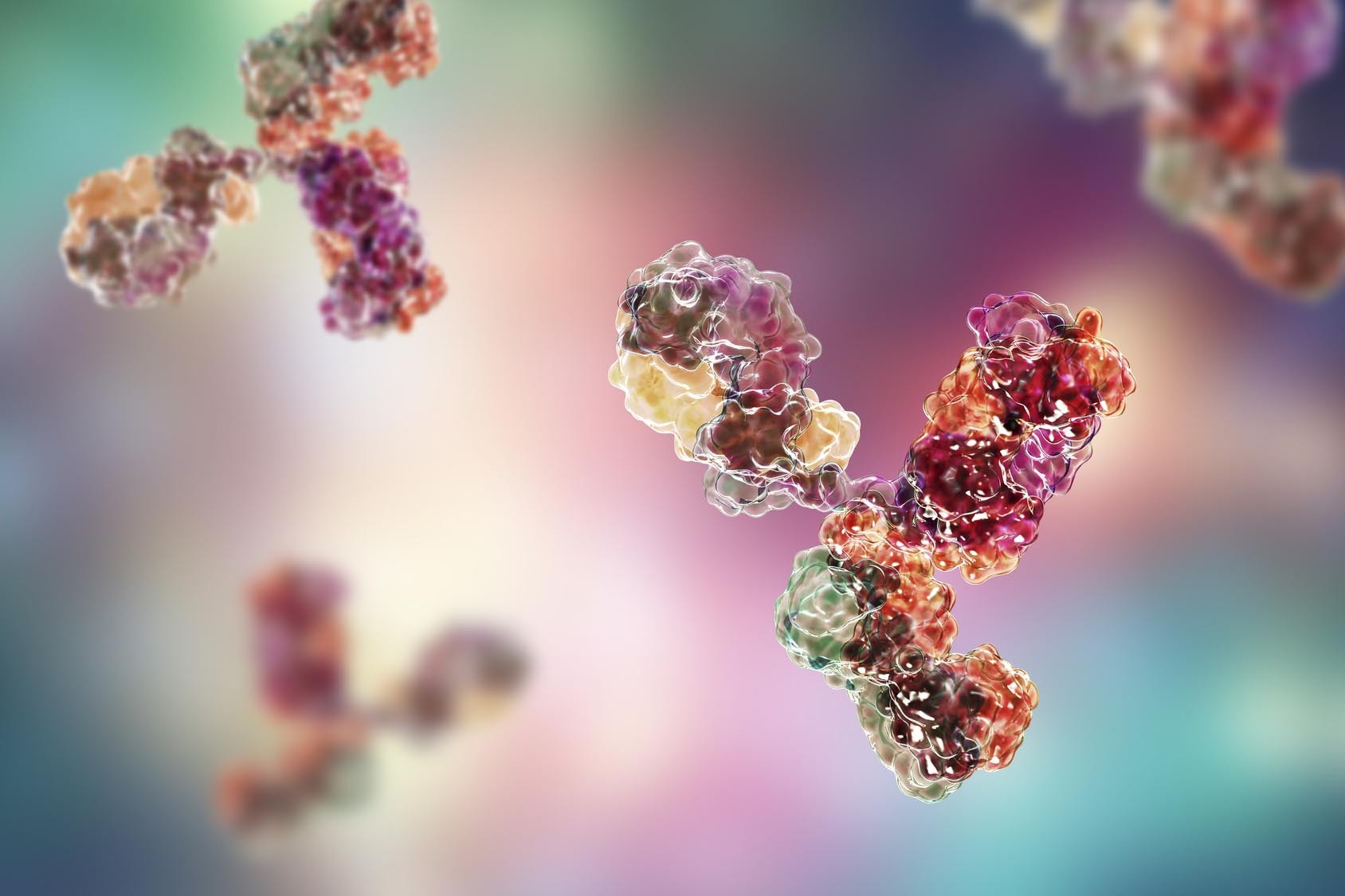
Bright's Disease, once a feared diagnosis, has a rich history in medical science. What exactly is Bright's Disease? It's an old term for various kidney diseases, primarily acute or chronic nephritis. First described by Richard Bright in 1836, this condition was known for causing severe kidney inflammation. Patients often experienced symptoms like swelling, high blood pressure, and protein in their urine. Over time, our understanding of kidney diseases has evolved, leading to more specific diagnoses and treatments. This article explores the origins, symptoms, and notable cases of Bright's Disease, shedding light on its impact on medical history and patient care.
What is Bright's Disease?
Bright's disease, a term from the 19th century, refers to various kidney diseases. Richard Bright, an English physician, first described it in 1836. Let's explore the fascinating history, symptoms, and notable cases of this condition.
-
Historical Background
Bright's disease was first described by Richard Bright in 1836. Bright, an English physician, recognized the disease as an inflammatory condition of the kidneys, which is now known as acute glomerular nephritis. -
Richard Bright's Contributions
Richard Bright was the first authority on proteinuric kidney disease. His work provided the earliest name for the disorder, which he unintentionally coined from his patient's condition. -
Patient Description
Bright's first patient was a young man who suffered from anasarca (swelling of the skin) and albuminous urine. The patient's illness began with diarrhea and progressed to severe swelling in his legs and abdomen. Bright found the urine to be exceedingly coagulable and frothy on agitation.
How Was Bright's Disease Treated?
Treatment methods for Bright's disease were quite different from modern practices. Let's look at some historical approaches.
-
Treatment Approach
Bright prescribed a milk diet and warm clothing to quiet the stomach and kidneys. He also used bicarbonate of soda to calm the stomach's irritability. The patient initially improved but later developed cough and dry skin, leading to further treatment with ipecac for diaphoresis and expectoration. -
Clinical Findings
Bright's Reports of Medical Cases sought to correlate clinical findings in hospitalized patients with findings at necropsy. The renal cases were mostly of short duration, with outcomes necessarily fatal. The term Bright's disease long tagged the process of becoming ill through the kidneys, maintaining an ominous reputation in the popular mind as a death sentence. -
Chronic vs. Acute
Bright came to recognize the more indolent, or chronic, picture of the disease, as seen in the dropsical bookbinder. He advised that any remedy for chronic Bright's disease must be administered with exemplary patience and perseverance. Later 19th-century nephrological authors understood that a diagnosis of Bright's disease could be compatible with decades of living.
Notable Cases of Bright's Disease
Many famous individuals were diagnosed with Bright's disease, highlighting its prevalence and impact.
-
Alfred H. Terry
An important Union Major General who died in 1890. -
Ty Cobb
The Hall of Fame member and Detroit Tigers center fielder diagnosed with Bright's disease in 1959. -
Frederick William Faber
A Catholic priest and author who died in 1863. -
George-Étienne Cartier
A Canadian Father of Confederation who died in 1873. -
Rowland Hussey Macy Sr.
The founder of the department store chain R.H. Macy & Company, who died in 1877. -
Tabeguache Ute chief Ouray
Died of Bright's disease in 1880. -
Catherine Eddowes
Victim of Jack the Ripper, found to be in the advanced stages of Bright's disease when she died. -
Commodore Nutt
The famous dwarf who died in New York in 1881. -
Alice Hathaway Lee Roosevelt
First wife of Theodore Roosevelt, died due to kidney failure caused by Bright's disease worsened by pregnancy. -
Gregor Mendel
Died in 1884 at the age of 61. -
Emily Dickinson
Died in 1886. -
Chester A. Arthur
21st President of the United States, died in 1886. -
John Ericsson
Swedish-American mechanical engineer famous for designing the USS Monitor, died in 1889. -
Larry Corcoran
American Major League Baseball pitcher, died in 1891. -
Charles H. Spurgeon
London pastor known as "The Prince of Preachers," died in 1892. -
Luke Short
Famed gunfighter diagnosed with Bright's disease in early 1893 but died later that year due to edema. -
Francis C. Barlow
Union general who played an important role in the American Civil War, died in 1896. -
Isaac C. Parker
Federal Judge who died in Fort Smith, Arkansas, in 1896. -
Caroline Miskel Hoyt
Actress who died at age 25 after childbirth in 1898. -
Katherine Jane Chase
Socialite and daughter of Supreme Court Chief Justice Salmon P. Chase, died in 1899. -
John Crichton-Stuart
Victorian aristocrat and industrial magnate diagnosed with Bright's disease and died after multiple strokes in 1900. -
Paddy Ryan
American bare-knuckle heavyweight champion who died in Green Island, New York, in 1900. -
Thomas Brackett Reed
32nd Speaker of the US House of Representatives, died in Washington, D.C., in 1902. -
Roswell Eaton Goodell
American politician and businessman who died of Bright's disease in Denver, Colorado, in 1903. -
Helena Modjeska
Victorian actress who died in 1909. -
Martin Nelson Johnson
North Dakota Senator who died in 1909. -
Bass Reeves
Old West lawman whose death was attributed to Bright's disease in 1910. -
Charles Cotton
English footballer who died in 1910. -
Howard Pyle
American illustrator who died in 1911. -
Warren S. Johnson
Founder of Johnson Controls who died in 1911.
Types of Chronic Bright’s Disease
Bright's disease had two main chronic types, each with distinct characteristics.
-
Parenchymatous Type
The kidney is large and white in color. The urine is more or less diminished in quantity, of normal or high specific gravity, often of a dirty yellowish color, and turbid. Upon examination, a large amount of albumin is found, and a diminished urea excretion. Microscopically, hyaline and granular casts in abundance are seen. Sometimes fatty or waxy casts occur, and rarely epithelial or blood casts. Red blood corpuscles and leucocytes are frequent. There is often considerable granular detritus representing degenerated epithelial cells from the kidney. -
Interstitial Type
The symptoms of this type are extremely varied and often absent until serious complications arise. Circulatory disturbances, such as persistently high blood pressure leading to hypertrophy and dilatation of the heart, are common. Respiratory disturbances, manifested by attacks of shortness of breath, can also occur. These attacks may come on following exertion or independently at night, waking the patient out of a sound sleep.
Diagnosis and Treatment of Bright's Disease
Diagnosing and treating Bright's disease involved examining urine and managing symptoms with various methods.
-
Diagnosis
Diagnosis of Bright’s disease involves examining the urine for albumin and casts. The microscopical examination of the urine is crucial. The sediment is usually very scanty but contains occasional hyaline or finely granulated casts, a few leucocytes, or a moderate number of red blood corpuscles. Several slides may have to be carefully searched on multiple occasions before these pathological constituents are disclosed. -
Treatment
Treatment of Bright’s disease focuses on relieving the congestion and inflammation of the kidneys. Patients should be put to bed in a warm room, wear flannel next to the skin, and lie between woolen blankets. A liquid diet, small in amount, is recommended, with an absolute milk diet being the best option except in cases where milk causes digestive disturbances. The diet should be continued well into convalescence after both albumin and casts have disappeared from the urine.
The Legacy of Bright's Disease
Bright's disease, first described by Richard Bright in 1836, marked a significant milestone in understanding kidney diseases. Initially seen as a death sentence, it evolved into a condition that could be managed with patience and proper care. Bright's observations on proteinuric kidney disease laid the groundwork for modern nephrology.
The disease's impact on notable figures like Emily Dickinson and Chester A. Arthur highlights its historical significance. Over time, medical advancements have replaced the term "Bright's disease" with more specific diagnoses like acute glomerular nephritis and chronic kidney disease.
Understanding the evolution of Bright's disease underscores the importance of early diagnosis and effective treatment. While the term may no longer be in use, its legacy continues to influence how we approach kidney health today. Bright's work remains a cornerstone in the field, reminding us of the progress made in medical science.
Was this page helpful?
Our commitment to delivering trustworthy and engaging content is at the heart of what we do. Each fact on our site is contributed by real users like you, bringing a wealth of diverse insights and information. To ensure the highest standards of accuracy and reliability, our dedicated editors meticulously review each submission. This process guarantees that the facts we share are not only fascinating but also credible. Trust in our commitment to quality and authenticity as you explore and learn with us.


